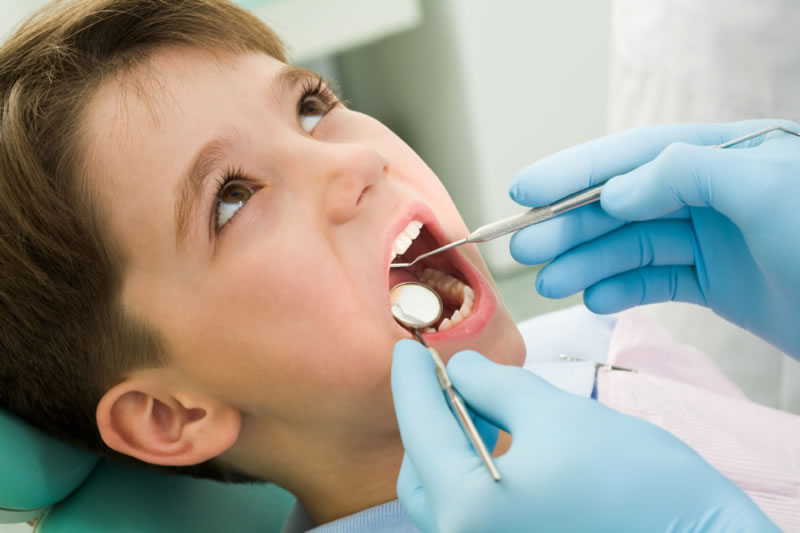Dental prophylaxis is a perfect procedure to keep the oral cavity healthy and also to prevent gum diseases. Dental prophylaxis can be the solution to your problem of inflamed gums.
Prophylaxis, is a deep cleansing procedure performed to remove and heal the causes of oral problems. Prophylaxis is also a very important treatment to stop the progression of periodontal diseases and gingivitis. Periodontal disease and gingivitis appear when bacteria located in the bacterial plaque accumulate in the gum tissue (gum) either above or below that line (between the teeth and gums).
This colony of bacteria (guilty of causing caries) cause serious inflammation and irritation, which in turn becomes a chronic inflammation in response to the body of some anomaly.
The body systematically starts to destroy the gum tissues and bones, which leave the tooth unprotected, unstable and prone to falling. The gap between the teeth and gums begins to grow deeper and harbor more bacteria.
These bacteria can travel through the veins and arteries and infect other parts of the body.
Reasons to go to the best dentist in Delhi NCR

Here are some advantages of which we can be benefited with prophylaxis or if we suffer from some disease in the gums:
- Remove tartar: tartar and plaque buildup below the gum line causes severe periodontal problems if not treated in time. Even if you use the best techniques of brushing and correct use of the thread, it is impossible to eliminate waste and bacteria from the inside of the bags that have been formed. It is only achieved with prophylaxis!
The experience of a dentist and the use of specialized equipment in dental hospital in west Delhi is necessary to treat tartar and plaque buildup problems.
- Aesthetics: it is very difficult to have confidence with yourself when you have a yellowish smile. Prophylaxis frees the teeth of a bad appearance and gives them a natural aesthetic.
- Fresh breath: the periodontal disease is always related to bad breath (halitosis).
- Bad breath is usually caused by the combination of decomposed food under the gums or between the teeth, possible gangrene caused by gum infection and periodontal problems. By removing plaque and tartar, the breath is improved, and irritation is relieved.
Identification of health problems: many of the problems can be detected in a consultation.
Because prophylaxis is an in-depth examination, some type of cancer should be detected, the level of severity of periodontitis should be assessed, and signs of medical problems such as diabetes or Kidney’s disease (chronic kidney failure) should be detected frequently.
What aspects does a dental prophylaxis treatment involve?
The prophylaxis may be carried out during a visit regularly or general anesthesia. The latter is particularly common where the severe perio-dental disease has already been diagnosed. An endotracheal tube is placed in the throat to secure the lungs from the possible spread of bacteria that will be removed from the mouth.
Do you need prophylaxis?
Although gum diseases cannot be completely reversed, dental prophylaxis serves to prevent their destructive processes.



